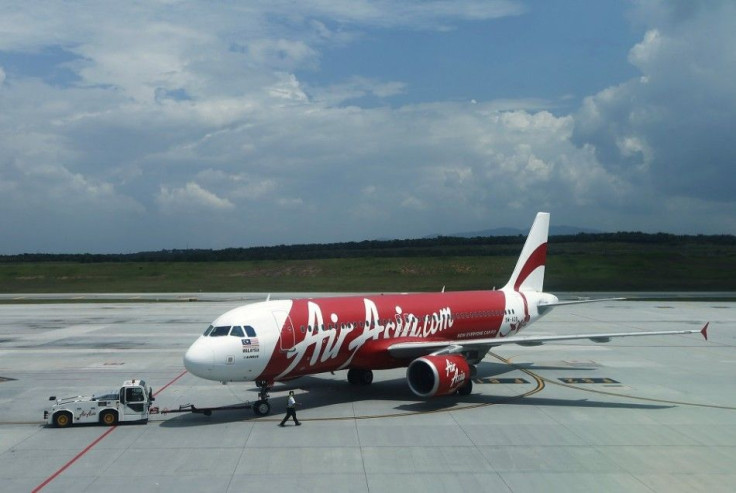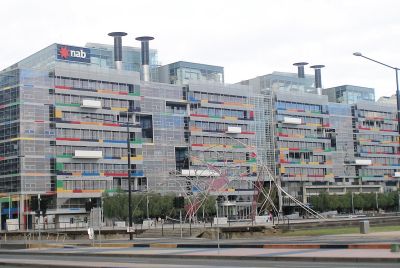New Zealand To Overhaul Air Traffic Control Systems: Outage of June 24 Hastens Transition Plans

Upset by the recent break down of its air traffic control system on a June afternoon, New Zealand has set in motion plans to overhaul the air traffic control radar system to move away from the Word War II technology and leap into the space age, in the coming years. There were 50 flights in the air when radar communications broke down at 2.41pm on June 24. The radar blackout led to grounding of all aircraft country wide.
Pauline Lamb, chief operating officer of the state-owned air traffic control company, Airways New Zealand, said it will decommission New Zealand's existing radar network by 2021. In the emerging set up, there will be greater use of satellites for aircraft navigation and surveillance, reports Stuff.Co.Nz. The new technology will have "multiple layers of resilience" for air surveillance in the South Pacific aided by satellite tracking backed by advanced ground infrastructure.
Lamb said investigation into the radar outage might take months. When the radar system was down, air traffic controllers had to revert to old paper based method to safely manage aircraft in the air, known as procedural control, until the network was restored on the same day.
ADS-B System
New Zealand Airways manages 30 million square kilometres of South Pacific airspace, providing air traffic control, surveillance and communication for aircraft. As a matter of innovation, the Airways recently signed a memorandum of understanding to work with United States air traffic management company Aireon to develop space-based air traffic surveillance in the Asia Pacific region, called Automatic Dependent Surveillance – Broadcast. The new technology paves way for direct flight paths, fewer delays, and lower carbon emissions.
Lamb said all modern aircraft have ADS-B technology installed, but many light aircraft owners will have to fit a transponder worth thousands of dollars if they want to fly in congested areas after the technology is rolled out. The programme's working group includes aviation organisations such as Air New Zealand, Jetstar, The Airports Association, and the New Zealand Defence Force.
Benefits
The satellite surveillance will help to introduce real-time aircraft tracking over the New Zealand Domestic Flight Information Region and provide coverage in the oceanic areas that make up the Auckland FIR. “We look after a huge bit of oceanic airspace, remote areas that have no surveillance cover, so we can’t actually see the airplanes in that bit of airspace on a day-to-day basis,” said Lamb.
She added that getting more accurate positions of aircraft over remote areas will give easier routings and efficient and direct routings. The country has seen an upturn in air traffic with an increase of 1.2 percent in domestic traffic and an increase of 4.5 percent in international traffic.
(For feedback/comments, contact the writer at k.kumar@ibtimes.com.au)





















